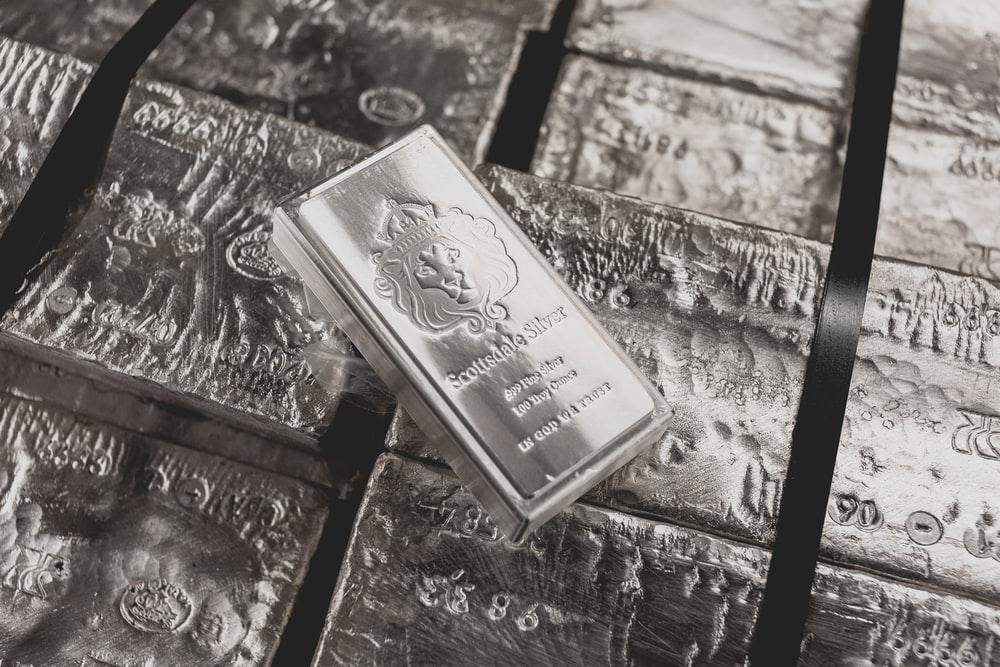How to trade commodities, even if you have little or no previous experience

Commodities can be a great addition to your investment portfolio
Cryptocurrencies enjoy a lot of attention from the media (both traditional and social alike). However, there is another type of asset that deserves an equal amount of talk these days. Commodities, which include a broad set of physical assets that move the global economy, are often not given the attention they deserve in the news (apart from oil). Sadly, their importance as instruments that can help push your trading forward, even if you are a beginner, is not properly reflected.
Commodities can help against inflation
Take silver, for example, which more than doubled its price in 2020. The precious metal was and still is lifted by the decline in the price of the US dollar. Despite the recent sideways movement, silver can still go higher on the back of further dollar weakness. Thus, commodities can help you manage the risk of inflation and improve your trading performance if you follow some simple rules.
Rules to follow when investing in commodities
There are mainly four types of commodities, which are energy, metals, agriculture, and livestock. The rules mentioned below apply to all four.
1. Choose how you want to trade the commodity.
There are many ways to do so. Take oil, for example. You can buy it physically from a supplier, which can be a lengthy process, or you can also buy crude oil through a trading app online and trade the CFD contract on it. You can also buy shares in companies that work in this sector such as refineries or gas stations, among others. Each approach has its advantages and disadvantages.
2. Monitor supply and demand.
Commodity prices are influenced by supply and demand, and you should keep an eye on each. Gold, for example, has scarce supply, and thus its price remains lifted. For several decades, gold has been considered a good inflation hedge thanks to its limited supply as a feature.
3. Check the logistical factors.
Disruptions in freight and other relevant logistical services can cause delays in delivering supplies. In the face of unchanging demand, this can also lead to price increases.
4. Have a long-term strategy and manage risk.
It can take a long time for The prices of commodities to rise significantly, although they can help store value to some extent (depending on the commodity). Generally speaking, commodities can be used to diversify your portfolio and to hedge against inflation, but this does not mean they will skyrocket overnight. Many commodities move slowly but have little downside potential, given the robust demand for them.
5. Keep an eye on future contracts.
Future contracts give you a glimpse of how the future of a commodity might be. If the price (premium) of call options is higher than the price of put options, then analysts and investors expect the commodity to appreciate in price. This can help you make informed decisions, according to your strategy.
Conclusion
Commodities are a good investment, given that the demand for them is solid. However, they can yield lower returns than other assets such as stocks or currencies. Therefore, make sure you structure your portfolio accordingly, to keep fluctuations to a minimum.






